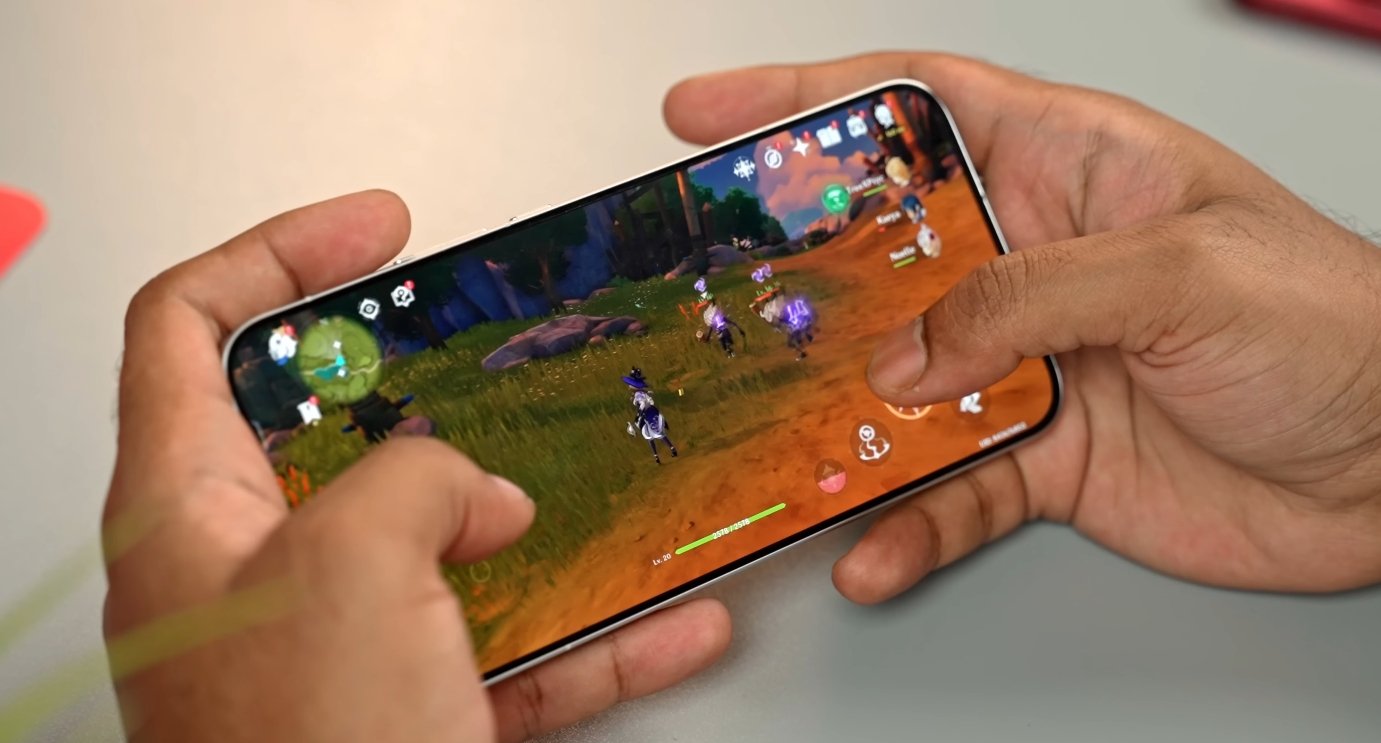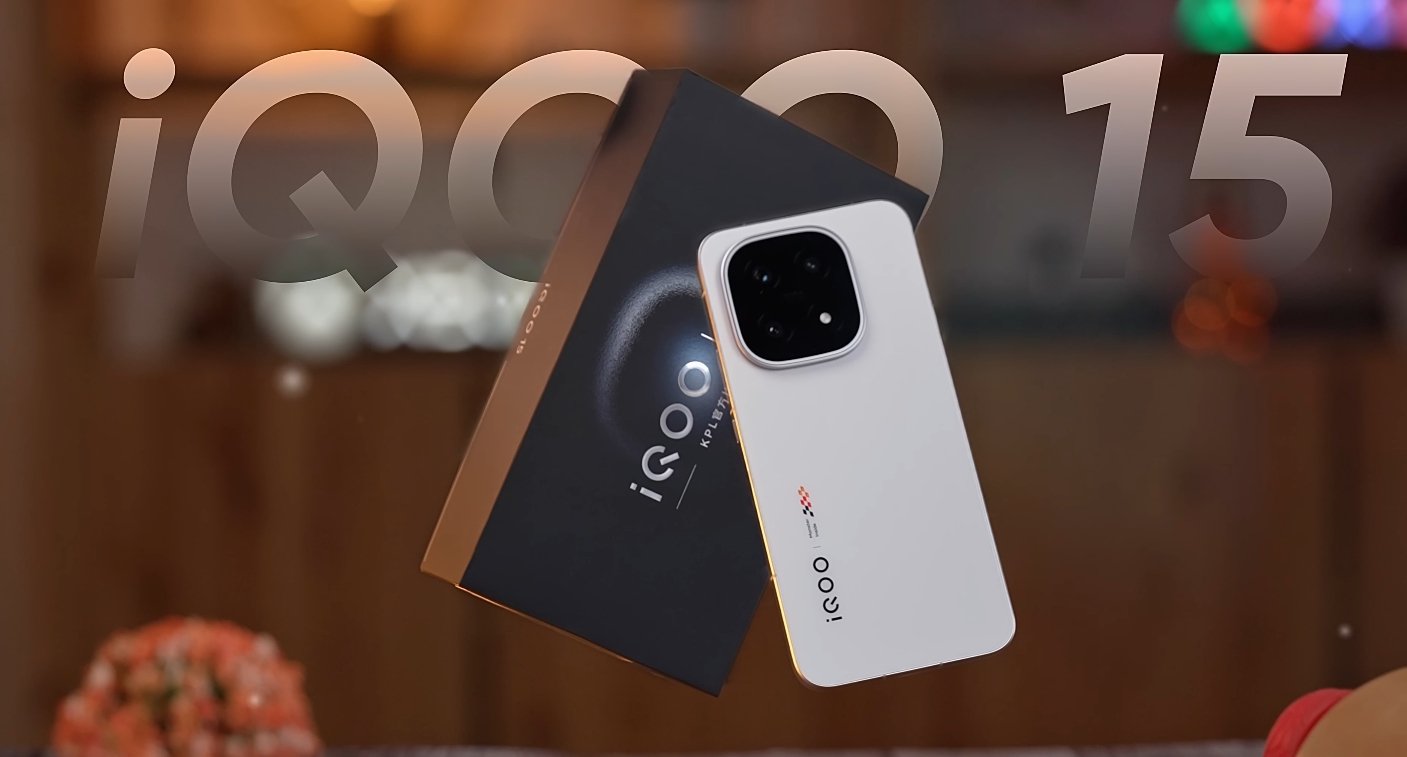How the iQOO 15 Challenges Samsung’s Dominance in the U.S. Market
As tech enthusiasts across the United States explore new smartphone options, many are now looking beyond traditional brands like Apple and Samsung. Among the most talked-about newcomers is iQOO, whose latest flagship — the iQOO 15 — is drawing comparisons with the Samsung Galaxy S24. While Samsung remains a staple in the U.S. smartphone market, iQOO’s latest device has raised curiosity for its hardware prowess, charging capabilities, and aggressive performance claims. American buyers weighing a switch from the Galaxy S24 to the iQOO 15 are comparing both phones across several key areas before making a decision.
The iQOO 15, launched internationally earlier this year, is built around performance and endurance. It comes equipped with Qualcomm’s newest Snapdragon 8 Gen 5 processor, paired with up to 16GB of LPDDR5X RAM and storage options that go as high as 1TB. This combination immediately positions it as one of the most powerful Android devices available. The phone’s massive 7,000mAh battery, coupled with 100W wired charging and 40W wireless charging, further amplifies its appeal to heavy users. In contrast, the Samsung Galaxy S24, powered by the Snapdragon 8 Gen 3 for Galaxy chip in U.S. models, delivers reliable power and speed but focuses more on optimization and long-term software support than raw performance numbers.
When it comes to the display, both smartphones aim to deliver premium visual experiences but cater to different preferences. The Galaxy S24 offers a 6.2-inch Dynamic AMOLED display with a 120Hz refresh rate, making it compact and ideal for users who prefer manageable screen sizes. On the other hand, the iQOO 15 features a 6.85-inch 2K LTPO AMOLED panel with a 144Hz refresh rate, providing a smoother experience that’s especially appealing to gamers and media consumers. The larger display of the iQOO 15 enhances entertainment and productivity, but it also makes the phone bulkier compared to the more pocket-friendly Galaxy S24.

The camera department is where the conversation becomes more complex. Samsung has built a strong reputation in mobile photography, particularly in the U.S., with its advanced image processing and software-based AI enhancements. The Galaxy S24 features a triple-camera setup with a 50MP primary sensor, 12MP ultra-wide, and 10MP telephoto lens. It’s designed to deliver balanced and consistent results across different lighting conditions. In comparison, the iQOO 15 pushes hardware limits with three 50MP sensors, including a periscope telephoto and ultra-wide configuration. On paper, iQOO’s camera hardware is more powerful, but its software tuning and image consistency in real-world scenarios remain untested in the U.S. market.
Battery life and charging speeds are areas where iQOO is clearly making waves. With its 7,000mAh battery, the iQOO 15 outperforms most flagship phones in terms of endurance. The inclusion of ultra-fast 100W charging allows the phone to reach near-full capacity in under 30 minutes. The Galaxy S24, with its smaller 4,000mAh battery and 25W charging, can’t match those figures. However, Samsung’s focus is on battery longevity and ecosystem efficiency, ensuring that the device performs reliably even after years of use. For American consumers who value convenience and quick top-ups, iQOO’s offering is undeniably attractive — though its support for U.S. charging standards and safety certifications remains uncertain.
Software experience and updates remain a key differentiator for U.S. buyers. The Galaxy S24 ships with Samsung’s One UI based on Android 14 and includes a promise of seven years of OS and security updates. This level of long-term support is unmatched by most competitors and has become a major selling point for Samsung. The iQOO 15, on the other hand, runs OriginOS 6 based on Android 16 in its home markets. While the interface is fast and feature-rich, it’s tailored for Asian consumers, and the company has not confirmed any official U.S. software roadmap or carrier-specific support. This uncertainty may discourage American users who prioritize consistent updates, local app optimization, and integration with carrier services.
Another significant factor is availability and after-sales support. The Galaxy S24 is widely available in the U.S. through all major carriers, electronics retailers, and Samsung’s official channels. Buyers have easy access to trade-in offers, extended warranties, and repair services. In contrast, the iQOO 15 has not been officially released in the United States. Those interested in owning one would need to import it, which raises concerns about compatibility with U.S. 5G bands, warranty coverage, and servicing options. Without official distribution, even minor issues such as software updates or repairs could become challenging for American users.
Price is the final point in the comparison, and it highlights iQOO’s biggest strength. The Galaxy S24 starts at around $799 in the U.S., while the iQOO 15, when converted from its launch markets, costs significantly less for its top-tier configuration. For budget-conscious buyers seeking flagship-level performance, iQOO’s value proposition is compelling. Yet, when factoring in import taxes, lack of local warranty, and potential network limitations, the total cost of ownership may not be as favorable as it first appears.
In summary, the decision for U.S. buyers comparing the iQOO 15 and Galaxy S24 depends largely on priorities. Those who value a trusted ecosystem, official support, and long-term reliability will find the Galaxy S24 to be the safer choice. However, for users drawn to cutting-edge performance, larger displays, and faster charging, the iQOO 15 represents an exciting alternative — one that could redefine expectations if it officially enters the U.S. market. Until then, Samsung’s Galaxy S24 remains the more practical option for American consumers.
Also Read: iQOO 15 performance test surprises American gamers

